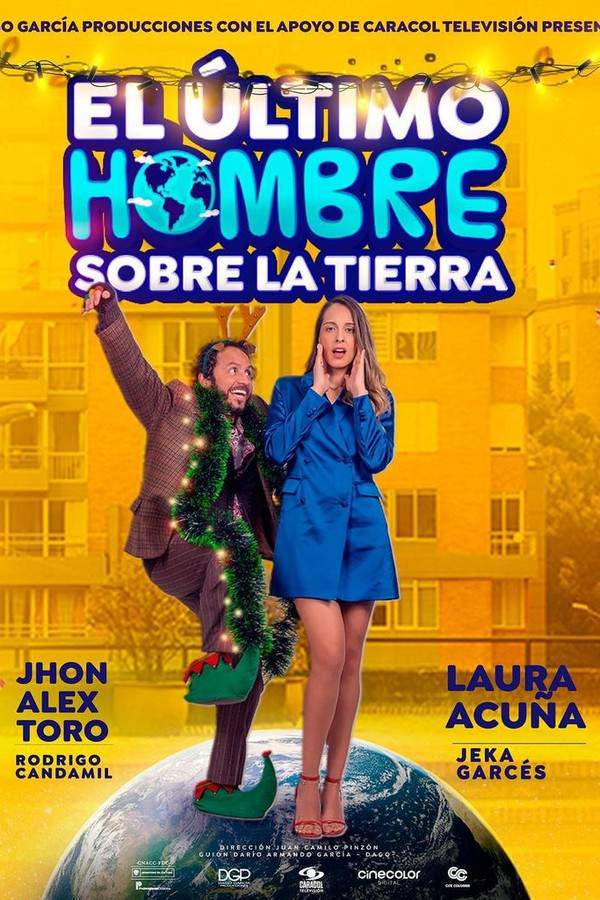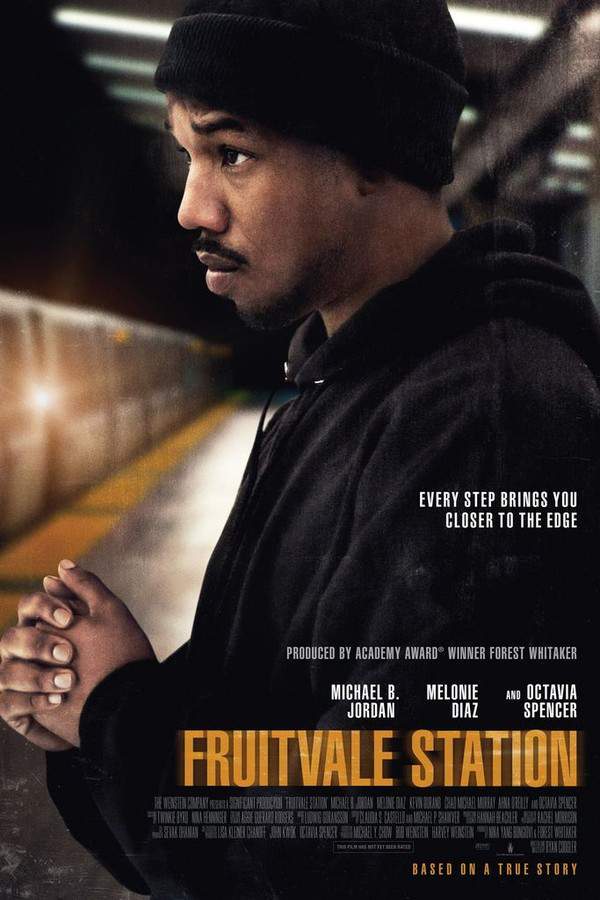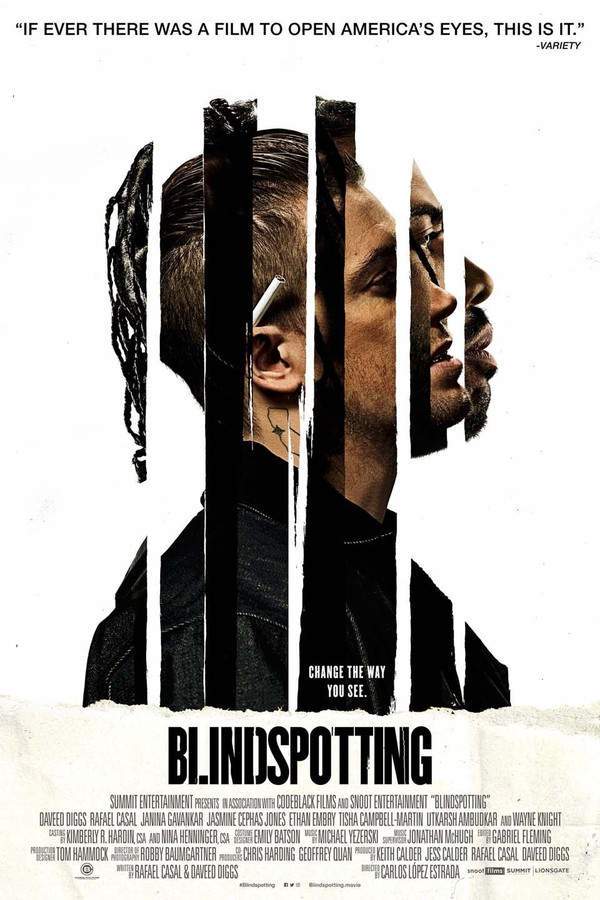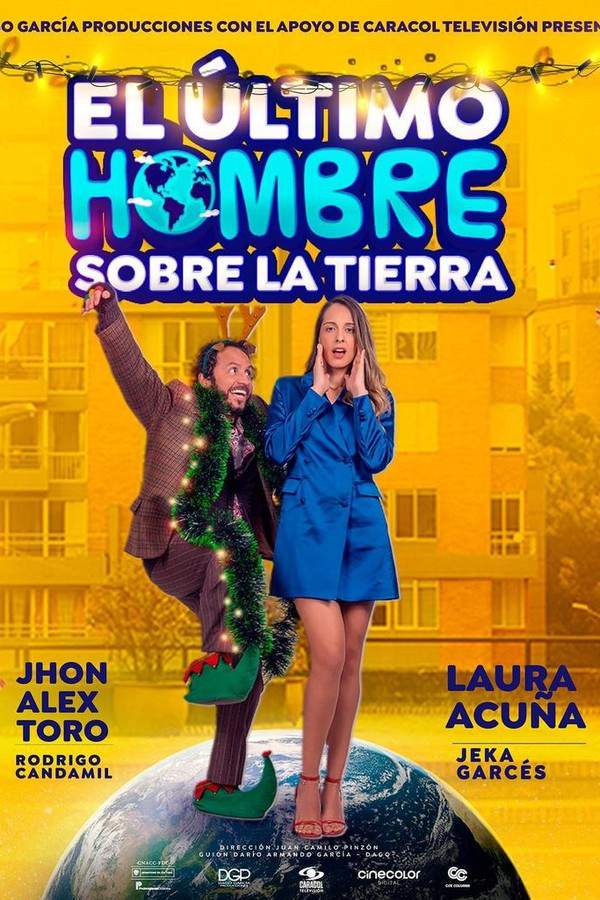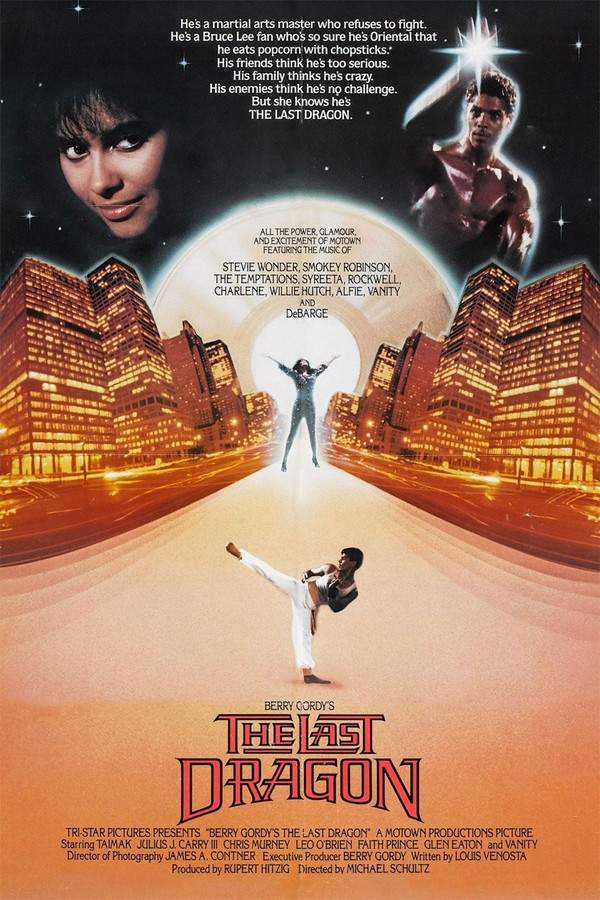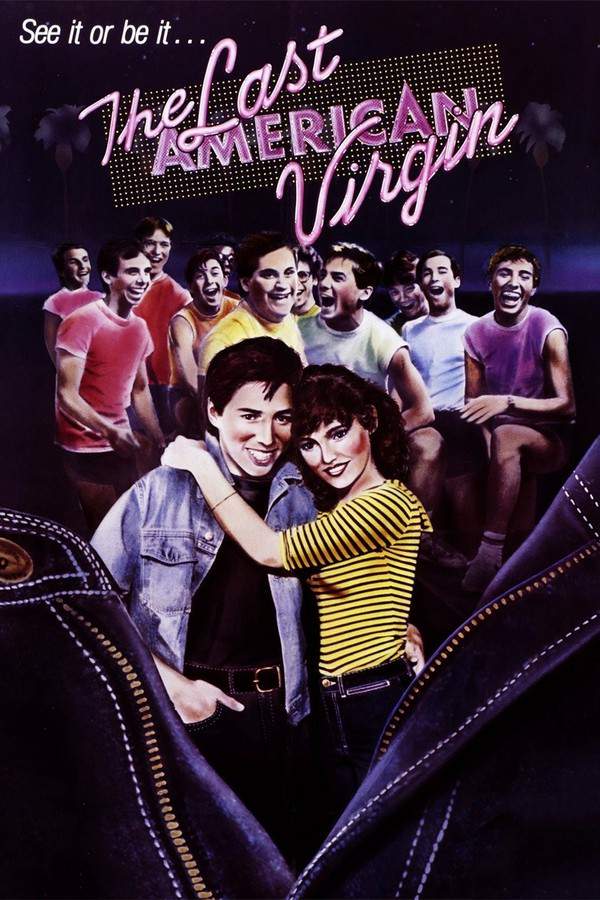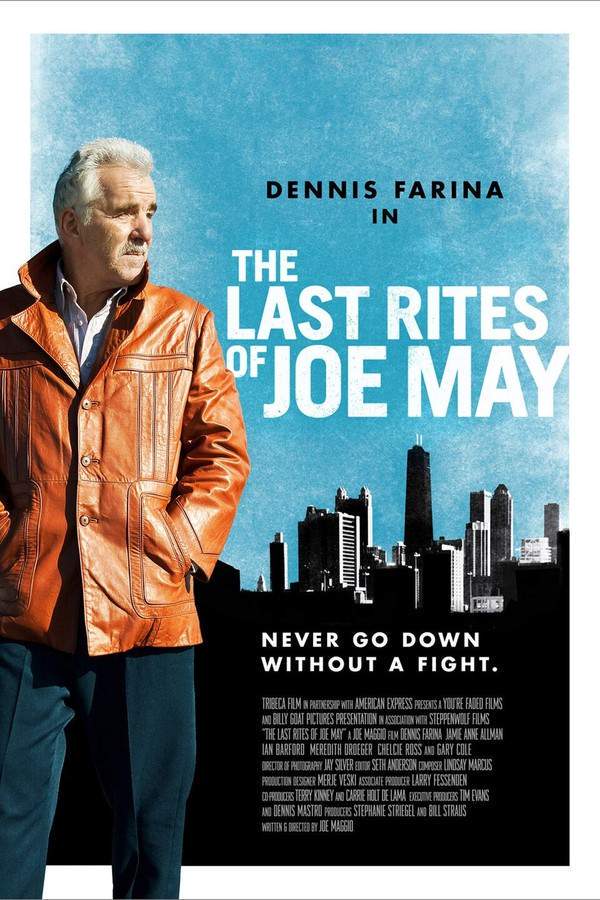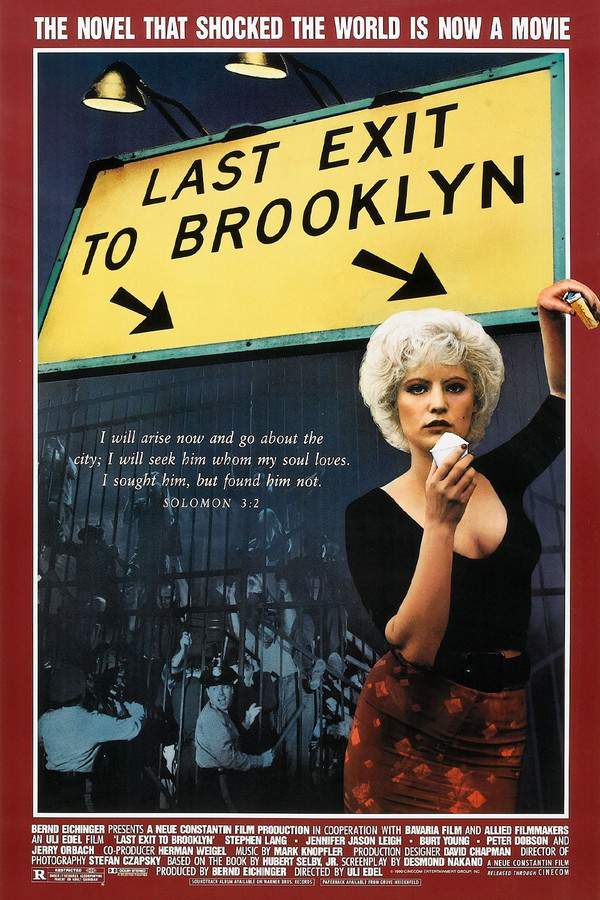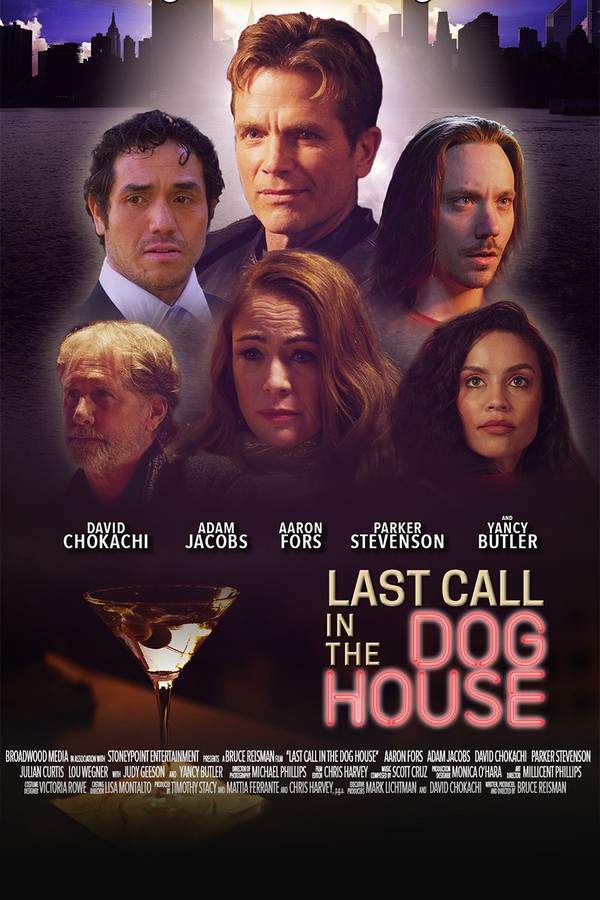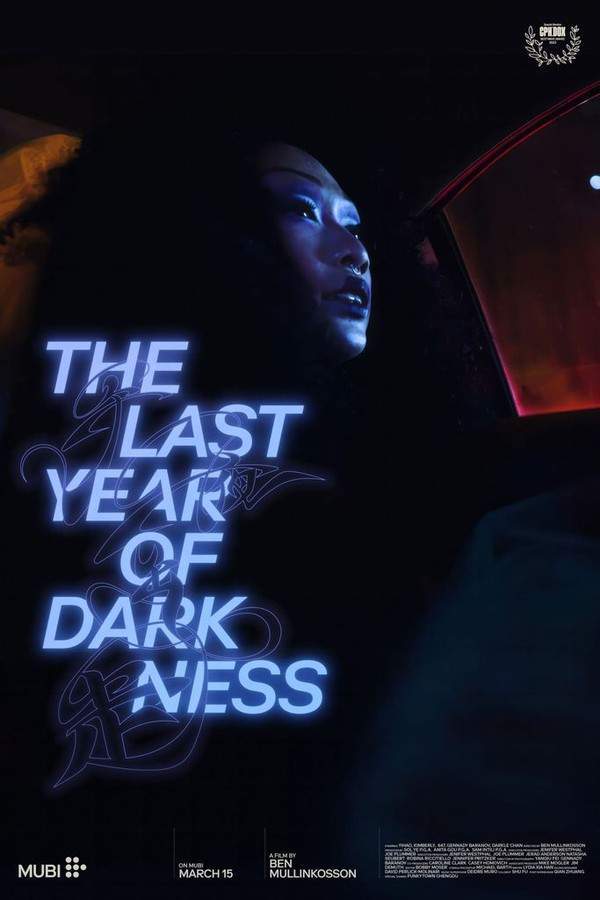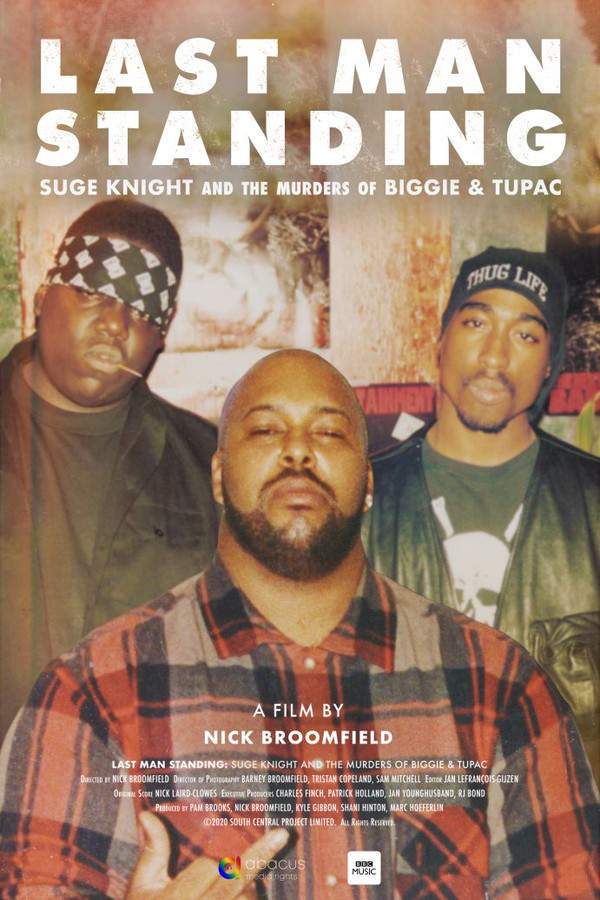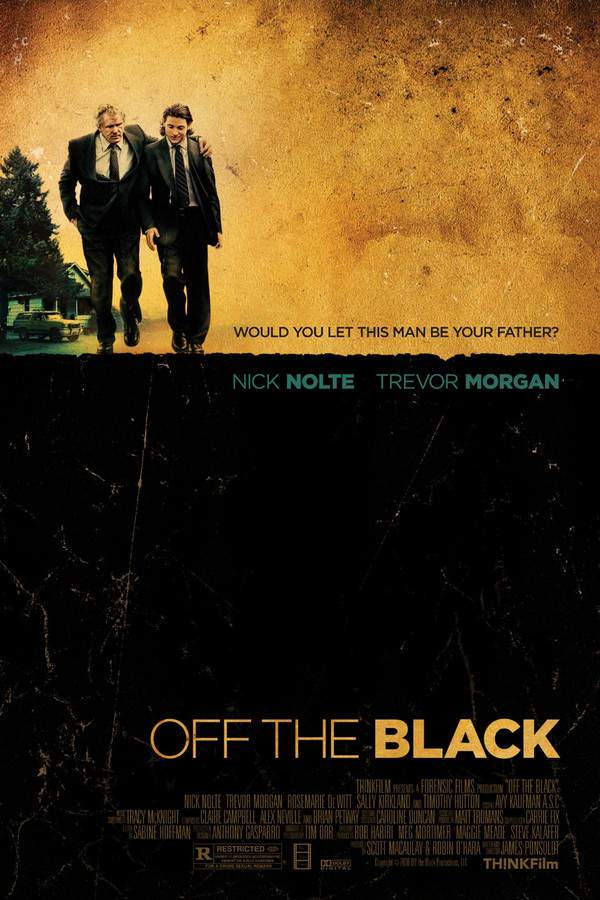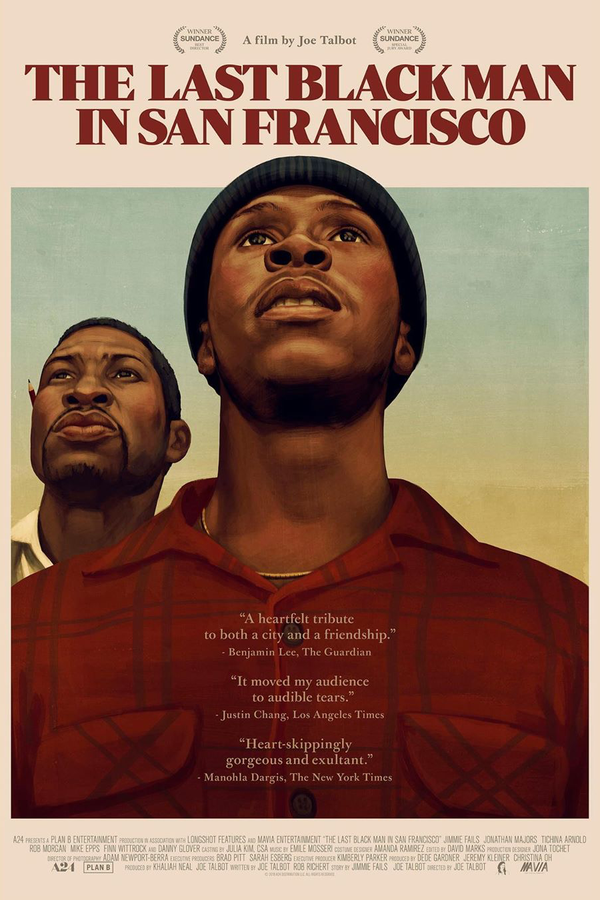
The Last Black Man in San Francisco
Amidst the changing landscape of San Francisco, Jimmie Fails grapples with his family's history and a disappearing community. He and his friend Mont are drawn to a grand Victorian house that once belonged to Jimmie’s grandfather, a celebrated writer. As they attempt to reclaim the house, they confront themes of displacement, memory, and the struggle to preserve identity in a rapidly evolving city, reflecting on what it means to belong.
Warning: spoilers below!
Haven’t seen The Last Black Man in San Francisco yet? This summary contains major spoilers. Bookmark the page, watch the movie, and come back for the full breakdown. If you're ready, scroll on and relive the story!
The Last Black Man in San Francisco (2019) – Full Plot Summary & Ending Explained
Read the complete plot breakdown of The Last Black Man in San Francisco (2019), including all key story events, major twists, and the ending explained in detail. Discover what really happened—and what it all means.
Jimmie Fails, a young man navigating life in Bayview–Hunters Point, San Francisco, often roams around the vibrant city alongside his best friend, Montgomery (Mont) Allen, with whom he shares a home, living together with Mont’s grandfather, Danny Glover. Their daily routine includes waiting for the bus, a moment during which they witness the constant transformation of their beloved city and the passionate protests aiming to preserve its essence. One of their favorite destinations is a Victorian house located in the Fillmore District, a place steeped in Jimmie’s fond memories as it was where he grew up. Jimmie proudly asserts that this house was crafted by his grandfather in 1946, choosing to build on an empty lot instead of purchasing one of the homes made available due to the wartime internment of Japanese Americans. However, currently, the house is inhabited by an older white couple, which deeply troubles Jimmie as he often mourns to Mont about their apparent neglect, striving to maintain the property to the best of his ability.
Their concerns grow one day when they visit the house and discover the woman in tears, leaning on her husband as movers busily carry their belongings away. A mover reveals that the woman’s mother has passed away, and now a conflict arises between her and her sister regarding the fate of the house. Eager to reclaim their connection to the property, Jimmie and Mont seek the insight of Clayton Newsom, a realtor knowledgeable about the area. Though Newsom is unaware of the family’s predicament, he informs them that the situation seems to resemble an estate matter, which could result in the home being vacant for a prolonged period while the inheritance is sorted out. Seizing this chance, Jimmie and Mont explore the now-unoccupied house, passionately deciding to claim it as their new residence. They then visit Jimmie’s aunt, Wanda Fails, who generously offers them the furniture from her family’s former home, enabling them to bring in some cherished belongings.
As time passes, one fateful night, Mont invites Kofi, a childhood friend, to their new abode, leading to an evening filled with laughter and companionship. However, the next day, Kofi makes harsh comments to Jimmie, attempting to assert dominance due to his own insecurities after facing ridicule from peers. Tragically, the atmosphere darkens when Jimmie and Mont hear from Kofi’s friends that he has met an untimely demise following a confrontation. Returning to their home, they are devastated to find their possessions discarded on the sidewalk and a “For Sale” sign planted by Newsom. Feeling betrayed, Jimmie retaliates by moving everything back inside and confronts the bank in vain, hoping to purchase the house himself. In a twist of fate, Mont discovers from Newsom that the house’s true history reveals it wasn’t built by Jimmie’s grandfather after all; instead, the deed indicates it originates from the 1850s.
In the wake of these revelations, Mont channels his grief over Kofi’s passing into a poignant play that he stages in the house’s uppermost tower. On the performance day, Jimmie’s estranged father unexpectedly shows up. As Mont performs, he shares social media reactions regarding Kofi’s death, emphasizing that those present never genuinely knew him. Inviting audience members, including Jimmie, to voice their opinions about Kofi, Jimmie expresses that despite Kofi’s recent hurtful words, their shared experiences in a group home were filled with warmth, stating, > “People aren’t one thing.” However, a confrontation with Mont during the event exposes a painful truth about the house’s legacy, igniting Jimmie’s anger as he storms out, followed closely by the audience. Left to reflect, Jimmie finds solace as Wanda reassures him that leaving San Francisco wouldn’t be a loss for him—it would rather be the city’s loss.
Eventually, Jimmie confides in Mont by the dock, confessing he had always known the truth regarding his grandfather’s connection to the house. They share a peaceful evening watching TV with Grandpa Allen before Jimmie retires for the night. Upon waking, Mont discovers Jimmie’s departure, finding a note that poignantly expresses his inability to say goodbye and gratitude for their friendship. Now alone, Mont tries to engage in the activities they once enjoyed together, but they lack the same joy without Jimmie. The narrative concludes with Mont standing alone at the dock, gazing into the distance, while Jimmie drifts away, rowing quietly under the iconic Golden Gate Bridge, symbolizing his own journey and the deep emotional ties he leaves behind.
Last Updated: December 13, 2024 at 06:47
Unlock the Full Story of The Last Black Man in San Francisco
Don't stop at just watching — explore The Last Black Man in San Francisco in full detail. From the complete plot summary and scene-by-scene timeline to character breakdowns, thematic analysis, and a deep dive into the ending — every page helps you truly understand what The Last Black Man in San Francisco is all about. Plus, discover what's next after the movie.
The Last Black Man in San Francisco Timeline
Track the full timeline of The Last Black Man in San Francisco with every major event arranged chronologically. Perfect for decoding non-linear storytelling, flashbacks, or parallel narratives with a clear scene-by-scene breakdown.

Characters, Settings & Themes in The Last Black Man in San Francisco
Discover the characters, locations, and core themes that shape The Last Black Man in San Francisco. Get insights into symbolic elements, setting significance, and deeper narrative meaning — ideal for thematic analysis and movie breakdowns.

Similar Movies to The Last Black Man in San Francisco
Discover movies like The Last Black Man in San Francisco that share similar genres, themes, and storytelling elements. Whether you’re drawn to the atmosphere, character arcs, or plot structure, these curated recommendations will help you explore more films you’ll love.
Explore More About Movie The Last Black Man in San Francisco
The Last Black Man in San Francisco (2019) Scene-by-Scene Movie Timeline
The Last Black Man in San Francisco (2019) Movie Characters, Themes & Settings
The Last Black Man in San Francisco (2019) Spoiler-Free Summary & Key Flow
Movies Like The Last Black Man in San Francisco – Similar Titles You’ll Enjoy
The Last Summer (2019) Ending Explained & Film Insights
The Last Man (2002) Ending Explained & Film Insights
Last Ride (2012) Full Summary & Key Details
Fruitvale Station (2013) Movie Recap & Themes
Blindspotting (2018) Plot Summary & Ending Explained
The Last Man (2019) Plot Summary & Ending Explained
The Last Dragon (1985) Spoiler-Packed Plot Recap
The Last American Virgin (1982) Plot Summary & Ending Explained
The Last Rites of Joe May (2011) Full Movie Breakdown
La mission (2010) Ending Explained & Film Insights
Last Exit to Brooklyn (1990) Full Summary & Key Details
Last Call (2021) Full Summary & Key Details
The Last Year of Darkness (2024) Full Movie Breakdown
Last Man Standing (1996) Ending Explained & Film Insights
Off the Black (2006) Full Summary & Key Details




